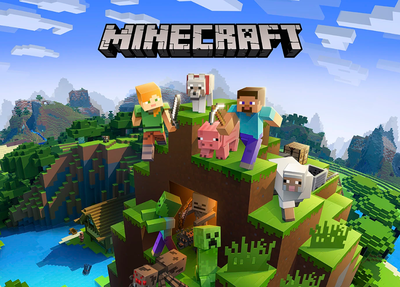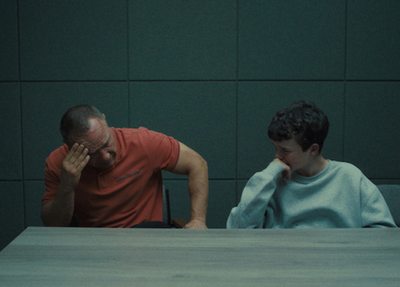Playing Games – Part Two
Rebecca on Dec. 20, 2021
In part two of our gaming series, Rebecca continues her chat with one of our Classification Advisors about what’s involved when you get to play games for classification at Te Mana Whakaatu Classification Office. Read part one over here.
I want to know, 101 of how does one approach rating games? Do you get to sit in a room and play a game all day? Is it a great gig?
When I sit down to classify we’re looking for those gateway factors (sex, horror, crime, cruelty and violence) but we’re also looking in terms of ‘affordance’: what the game play allows you to do with the tool sets that you have.
Player expression is quite an interesting thing. You can have all sorts of mechanics. For example in the currently banned Postal 2 you can urinate! So that might be useful for putting out fires, but it also means that you might use that for acts of degradation. So you need to be anticipating those things as well and get a good sense of content within the game. Both what the game has players do and what players can do.
I think games like Minecraft, or Roblox (edit: this was actually LEGO Worlds) have specific algorithms so that people can’t build giant penises all over the place. It’s kind of funny to think someone is out there making algorithms for their job to recognise a dick when they see it.
It’s important to note that to a point we’re not worried about user-generated content because there is a transformative element to that. If someone (a player) creates a highly sexualised image within game tools, that image would be considered its own publication for the law, and that’s something which could be banned in its own right, if for example it was particularly bad. But in terms of the actual tools of the game itself, if they’re not geared to creating such images it means it’s not inherently banned or would be banned.
When developers submit the game for classification in Aotearoa New Zealand are they giving you a version of the game with levels unlocked or giving you extra files to show you stages of the game?
They vary. Some are close to retail so we play through as much as we can with the time available. A lot of developers will send through the game with the developer options available, and we can skip through and view cinematics. Publishers, distributors, developers will also send us video of the various content in their games, and scripts etc. as supporting documentation, which is really helpful.
So we skiparound the different levels using the debug menus dipping in and out to see as much of the game as we can. Because we don’t have the time or capacity to play through games entirely, and the nature of games is that they’re highly repetitive. So while you can’t see or play everything, you skip around to see the elements.
It’s fun in Doom Eternal to blast your way through multitudes of the same enemies in different arenas – the game play is awesome - but from a classification perspective we don’t need to go through all that over and over. Fortunately the developer sent that through to us with the console available and unlocked and I just bound a key to kill all spawned monsters. And I skipped through the game to see what kinds of monsters we were dealing with. I don’t need to see how they’re chunked again.
You’re using some terminology there that’s new to me: chunked? Can you elaborate?
So Doom Eternal is notable for the level of gore. So when you’re blasting away demons you’ll get muscles and flesh ripped away from torsos and heads. All sorts of bones! You see vestiges of muscles and bones and skeleton come through, it’s really satisfying. We don’t need to see that over and over again. It’s useful to go through the areas to understand or see a big fight with multiple enemies. That ties into the ‘extent’ of our classification criteria. Lots of gore, but the manner of that game is an arcade-like, sci-fi, a very unrealistic aesthetic that reduces the impact. That game came in at R16 with a note for graphic violence. It doesn’t reach the R18 threshold because there’s no ‘cruelty’ to it.
One game, different consoles. Do you have to play on each of them?
No. Well yes and no. We do have games that might be released digitally on PC and don’t need to be rated as they’re sold overseas, but console manufacturers (platforms) want it rated for their system/service. It’s a consumer trust thing to have that classification label on a game in NZ. And as games are the same across PlayStation, Xbox etc. it carries the same rating across those consoles. As long as it’s the same, we’ll just classify it once.
Missed part one of our chat on gaming? Head over here to read how we classify a game. And in our next instalment in the gaming blog series we’re going to be discussing virtual reality and how that’s approached from a classification point-of-view.
Subscribe to our blog
Stay up to date with the Classification Office blog.


